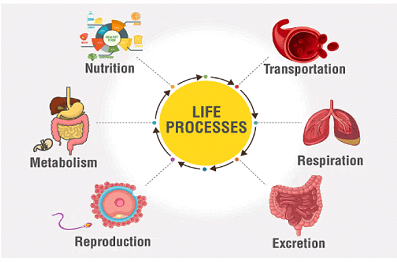Acid-Base Titrations: Principles and Applications
Analytical ChemistryMastering the art of quantitative chemical analysis through neutralization reactions
What is Acid-Base Titration?
Acid-base titration is a quantitative analytical technique used to determine the concentration of an acid or base by neutralizing it with a standard solution of known concentration.
Key Components
- Titrant: Standard solution (known concentration)
- Analyte: Solution being analyzed
- Indicator: Shows endpoint
- Burette/Pipette: Precision measurement
Fundamental Equation
naMaVa = nbMbVb
Where n = stoichiometric coefficient, M = molarity, V = volume
Titration Curves Explained
Characteristic Shapes
- Strong Acid-Strong Base: Steep vertical region around pH 7
- Weak Acid-Strong Base: Gradual rise, equivalence pH > 7
- Weak Base-Strong Acid: Gradual fall, equivalence pH < 7
Key Points on Curve:
- Initial pH (before titrant added)
- Buffer region (slow pH change)
- Equivalence point (steepest region)
- Excess titrant region
Choosing the Right Indicator
Indicator Selection Rule
Choose an indicator whose transition range falls within the steep portion of the titration curve. The endpoint (indicator color change) should coincide with the equivalence point (complete neutralization).
Step-by-Step Titration Procedure
Preparation
- Standardize titrant solution
- Prepare analyte solution
- Add 2-3 drops indicator
- Rinse and fill burette
Titration
- Add titrant slowly with swirling
- Wash down flask sides with DI water
- Approach endpoint dropwise
- Note burette reading at endpoint
Calculation
- Determine volume used (Vfinal – Vinitial)
- Apply stoichiometric ratio
- Calculate analyte concentration
- Perform error analysis
Real-World Applications
Food Industry
- Determining acidity in wines
- Measuring vinegar concentration
- Quality control in dairy products
Pharmaceuticals
- Analyzing active ingredients
- Quality assurance testing
- Buffer capacity measurements
Environmental Analysis
- Water hardness determination
- Alkalinity of natural waters
- Pollution monitoring
Research Labs
- Determining pKa values
- Characterizing new compounds
- Teaching fundamental chemistry
Titration Calculator
Conclusion
Acid-base titrations remain one of the most fundamental yet powerful techniques in analytical chemistry. From simple educational experiments to complex industrial quality control, mastering titration principles provides essential skills for chemical analysis. Understanding titration curves, indicator selection, and proper technique ensures accurate results across diverse applications.


